Home>Garden Essentials>Garden Plants>Jade Plant Care: At-Home Tips and Tricks
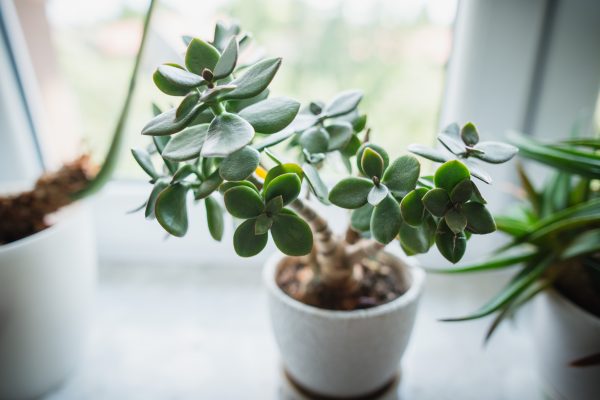

Garden Plants
Jade Plant Care: At-Home Tips and Tricks
Modified: December 6, 2023
Looking for a pretty new succulent to grow indoors? Try the beginner-friendly jade plant! Find out all about jade plant care in this handy guide.
(Many of the links in this article redirect to a specific reviewed product. Your purchase of these products through affiliate links helps to generate commission for Storables.com, at no extra cost. Learn more)
There’s no question that owning a real plant requires more work than a faux one. There’s a certain vibrancy to living, growing plants that faux plants haven’t quite mastered yet. Plus, you get a sense of accomplishment raising them yourself. We’ve talked about beginner plants before, but this time, we want to shine a specific spotlight on one very special succulent. It’s time to take a deep dive into the jade plant and how to care for it.
What Are Jade Plants?
The term “jade plant” applies to many types of fauna found under the Crassulaceae family. The original jade plant, however, is the Crassula ovata. It’s a multi-stemmed succulent that branches out from a single main growth. The plant has flat, teardrop-shaped leaves that are fat with stored moisture. These lucky plants are known to represent good fortune, prosperity, and friendship. Other cultivars, or variants, of the jade plant exhibit different leaf shapes and forms. Despite their changed appearance, general jade plant care remains the same for all varieties, with only some specifics varying. This guide goes over the basics.
Beginner-Friendly Jade Plants:
Factors to Consider for Jade Plant Care
Jade plants are beautiful, but remember that caring for them requires more work than a plastic fern. You need to look after how much sunlight they get, watering, trimming, and occasional repotting. The nice thing about jade plants is that they’re still low maintenance even with all that. We’ll be getting to the section about jade plant care shortly, so scroll down to the next section if you want to skip right to it!
If you can manage their simple care, it turns out there’s a lot to gain by having a jade plant around. Studies have shown that the presence of plants in a home can lower stress levels, ease anxiety, and help you focus. It turns out their natural charm is calming to our senses, so keeping them in sight allows you to reap the benefits. There’s also the familiar merit of the clean air they make. Purifying the air you breathe and processing toxins is just what plants do, and jade plants are no different.
In summary, if you have the time to tend to a plant’s wellbeing, we’d recommend going for a beginner-friendly jade plant to care for.
Pros
- Easy to care for and propagate
- Lowers toxins in the air
- Helps reduce stress and anxiety
- Produces fresh air to breathe
Cons
- More work to keep than faux plants
- Prone to overwatering
- Doesn’t do well in low light
The Basics of Jade Plant Care
Jade plants, like many succulents, are rather easy to keep alive once you know the basics. We’ve listed all the items you’ll need below, as well a quick summary of jade plant care using each tool.
Pots
You can’t have a jade plant without something to put it in. The most important feature to look for in a jade plant pot is a drainage hole. Jade plants are known to suffer from root rot, so overwatering is a real threat. A small hole or series of holes on the bottom of a pot will allow extra water to escape, preventing both mold and drowning.
Some people place a small pebble over the hole to prevent loose soil from flowing out as well. Likewise, having a plate for your pot to sit on is fine, but don’t let it fill with water or block water from escaping your pot. If this happens, the drainage hole will be useless and the jade plant will suffer.
Read more: How To Store Jade Roller
Jade Plant Pots:
Soil
While jade plants can grow in most soil types, they thrive best in sandy soils that drain quickly. Soil composition is important since you need to achieve a balance. You never want the soil to be completely dry, but it shouldn’t dry too slowly either. Succulents like the jade plant thrive on a mix of regular soil, pearlite, and other sandy materials. A succulent soil mix has all of these in spades and is easy to pick up from Amazon. The nice thing is that jade plants don’t need much soil to grow, so you can keep the rest for propagation or repotting.
Succulent Soil Mixes:
Watering
At last, we come to the all-important watering section. Watering a jade plant is where a bulk of their problems arise but don’t be too intimidated. All you need to do is check your plant’s soil every week or so to see if the top that is 2 to 3 inches of dirt has dried out. If they have, fill up a watering can and water the plant until water drips out of the drainage hole. Allow the water to drip out, and you’re done!
It’s true that jade plant care requires you to keep tabs on watering schedules, but ultimately, it’s rather simple. The top 2 to 3 inches of soil take a while to dry out. You may only need to water every 2 to 3 weeks or less, especially if your jade plant is indoors. Keep an eye on the soil, don’t panic, and you’ll be a well-seasoned jade plant caretaker in no time.
Indoor Watering Cans for Jade Plant Care:
Sunlight and UV Light
Sunlight is another factor in jade plant care that is arguably just as important as water. Jade plants thrive when they have at least 4 to 6 hours of natural sunlight a day. Larger plants adore direct sunlight, and young ones bask in bright, indirect light. This can be one of their biggest drawbacks, as jade plants will not do well in dimmer spaces.
Winters can be especially difficult for jade plant care, as they’ll need to enter a hibernation stage in response to the lessening light. These plants aren’t frost-tolerant, so outdoor jade plants will need to be brought inside. If they begin looking too sickly during the freezing months, there’s thankfully the option of UV lights. These lights aren’t ideal for them, but when you’re in a pickle, it’s nice to know they’ll suffice, at least until spring rolls back around.
UV Lights:
Pruning and Propagation
While jade plants are slow growers, they’ll still eventually begin to outgrow their pots. When that happens, you may start pruning. After a branch is cut, it will take an extremely long time for a new one to grow back, and it may not even be in the exact same place. Therefore, it is important to plan before snipping away and make sure to use a sharp pair of shears. Dull shears will only bruise the plant and lead to ugly, uneven cuts.
Once you’re done pruning, you may be tempted to toss the snipped branches into the compost. If you’ve found yourself charmed by your new jade plant and want more, you now have the option of propagation. Simply plant the cut stems into some soil and treat them as you would any jade plant. Even tiny stems with only two to three leaves can grow in this way! Soon, you’ll have pots upon pots of new plants to care for.
Pruning Tools:
Fertilizer
Jade plants aren’t too picky about being fertilized. They’re used to arid and low-nutrient soils in their natural habitat, so feeding them is quite optional. Still, if you see that your jade plant is a little stunted even with enough sunlight, then fertilization is an optional nutrient boost. Once every six months is the ideal timeline for this process. Just be sure not to fertilize your jade plant during winter, as this may interrupt its hibernation. Also, avoid fertilizing new propagations before their roots start to grow.
Diluted liquid fertilizer is the best option for this job. Since these types of fertilizer can be incorporated into water, and are easier to work with than soil fertilizer. Just make sure you water the plant before incorporating the fertilizer. Even when diluted, liquid fertilizer will wreak havoc on dry roots.
Indoor Plant Fertilizers:
Decoration and Pot Landscaping
Once you’ve got all the basics of your jade plant care down, you may wish to explore other fun things to do. One interesting pastime is making little fairy gardens in your jade plant pot. Since jade plants look a lot like mini trees, they’re perfect for setting some scenes. Build a tiny cottage landscape or a haven for the mini animal figurines you can buy. Using the tinier cuttings, you can even make small bushes that will eventually grow into a cluster of jade plants.
Of course, decorating your pot doesn’t need to be too complicated either. Sometimes a simple sprinkle of rocks is enough to add that pop to a jade plant’s setting. It’s all ultimately up to you. Whether you choose to match your pot up with your other decor or make a statement piece, your beloved jade plant will make for a lovely prop.
Things You’ll Need:
Frequently Asked Questions about Jade Plant Care
-
Does a jade plant need direct sunlight?
Jade plants thrive in direct sunlight but can survive on bright indirect light as well. A lot of it depends on how large the plant is. For smaller cuttings, indirect light is actually preferred, as too much direct light may damage the smaller leaves. Larger jade plants need a lot more sun than medium or tiny ones.
-
Why are the leaves on your jade plant falling off?
There are many factors that cause your jade plant to lose its leaves, including overwatering, under-watering, and a lack of sunlight. If the leaves are yellowing and dropping off, you may have overwatered the plant. Repotting is the best way to tend to this ailment. Simply remove the plant from its pot, snip off any stems or parts of the trunk that are mushy to the touch, and replant it in some drier soil.
If the leaves are shriveling up on the bottom of the stems, then your jade plant is drying up. Water it immediately if it’s been a few weeks since the last watering. But, if you’ve watered the jade plant recently and the top 2 to 3 inches of soil is still wet, leave it to absorb the water in the pot first. Just check in regularly and water immediately once the top 2 to 3 inches of soil has dried.
Finally, if your jade plant occupies a dark corner of your house and neither of the above factors is to blame, it may be the lack of sunlight. Try to move it to a brighter spot or purchase a grow lamp to keep it alive. Remember that jade plants thrive best with bright, natural light, and the grow lamp is only a temporary solution.
-
How often do you water a jade plant?
Jade plants typically need to be watered every 2 to 3 weeks. It all depends on how quickly the soil dries out. If the top 2 to 3 inches of soil in your pot is dry, then it’s time to water. If it’s still damp, hold off until it’s evaporated, or the plant has had time to absorb it. The weather is a big factor in this, so be sure to check before every watering.
-
Where should you place a jade plant in your house?
Jade plants do best by west or south-facing windows, where they can get plenty of sunlight. If you’d like to have them elsewhere, try to ensure they get at least 4 to 6 hours of bright, natural light. Any less and the health of your jade plant may suffer.
Conclusion
There’s no doubt that jade plants are some of the best, low-maintenance fauna for your home. They do well for anyone, from the beginner buying their first tiny pot to the green thumb planning out an entire plant wall. So, bring a little luck and charm into your life by taking care of your very own jade plant today!
Was this page helpful?
At Storables.com, we guarantee accurate and reliable information. Our content, validated by Expert Board Contributors, is crafted following stringent Editorial Policies. We're committed to providing you with well-researched, expert-backed insights for all your informational needs.
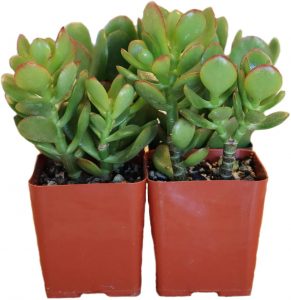
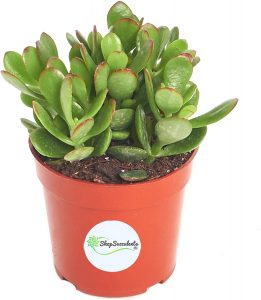
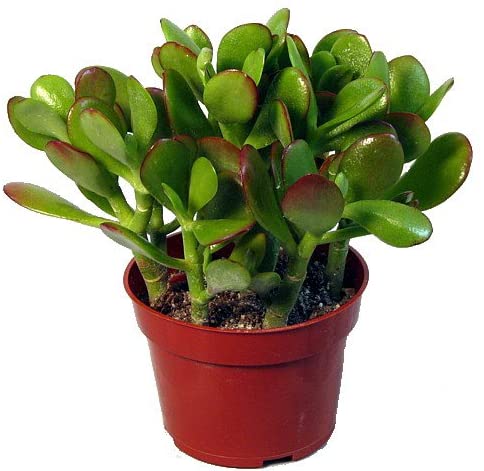
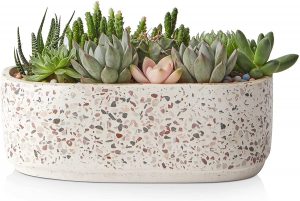
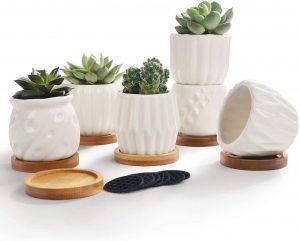
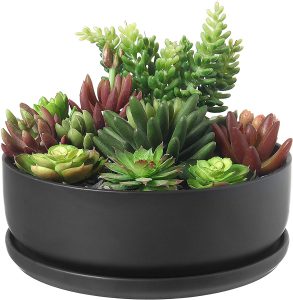
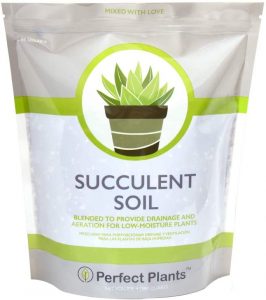
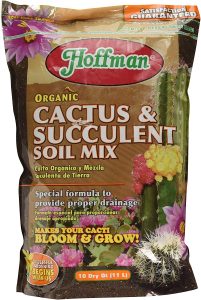
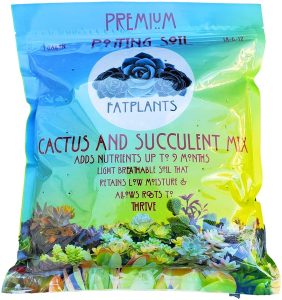
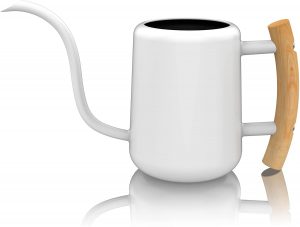

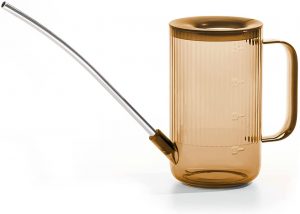
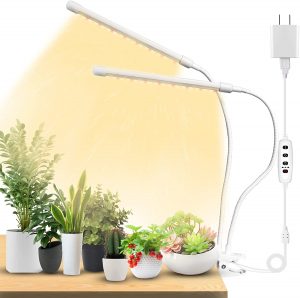
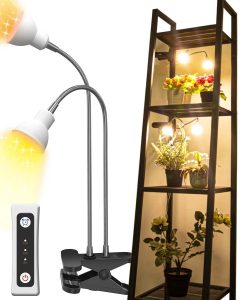
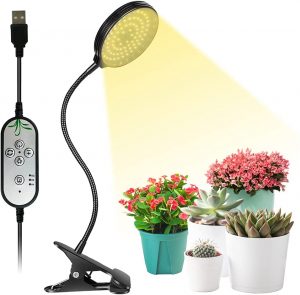

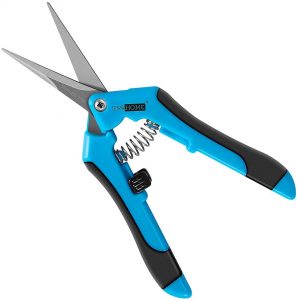
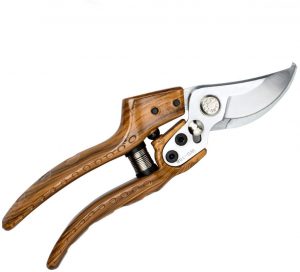

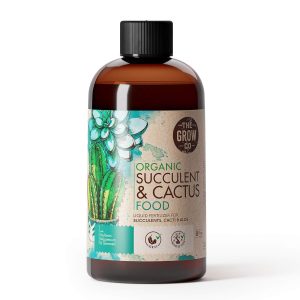

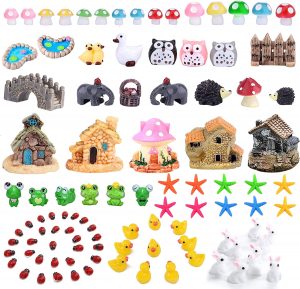
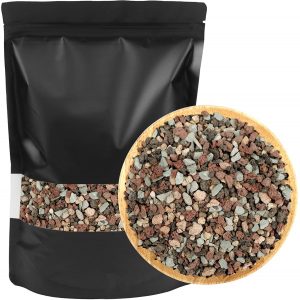
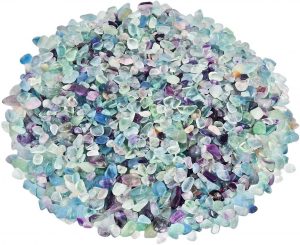
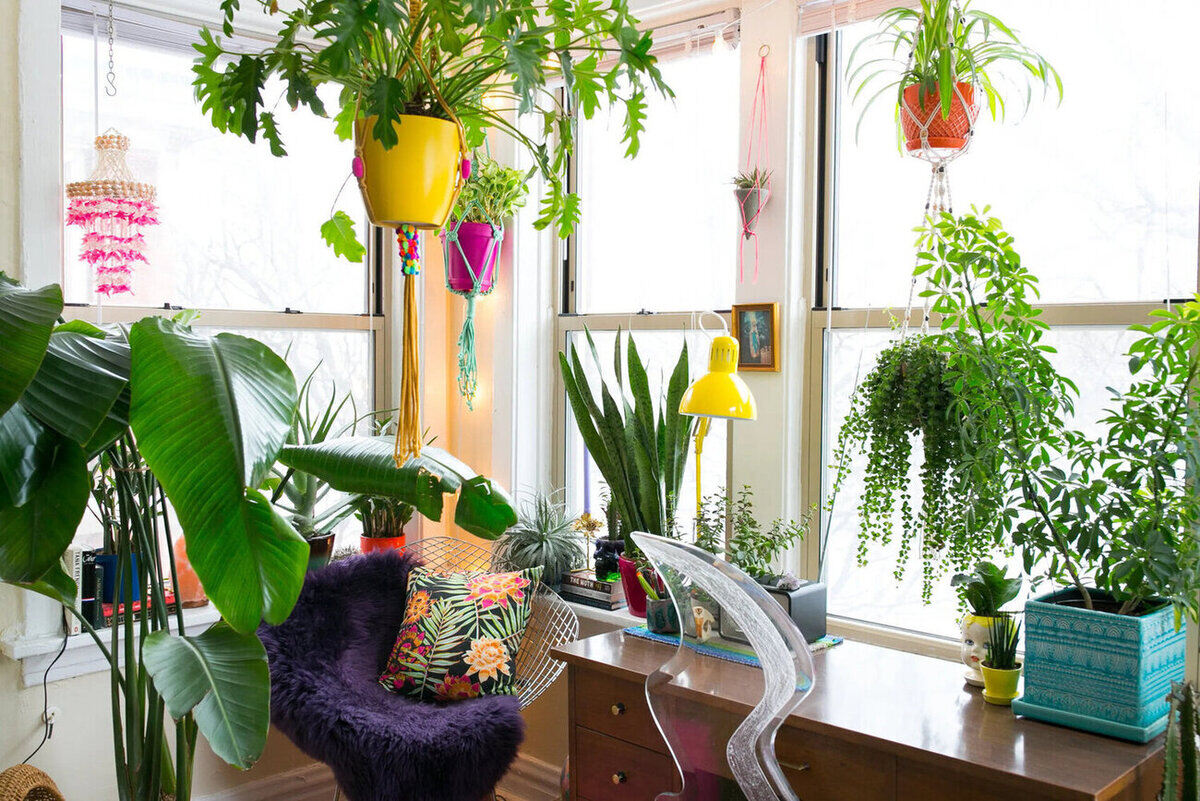
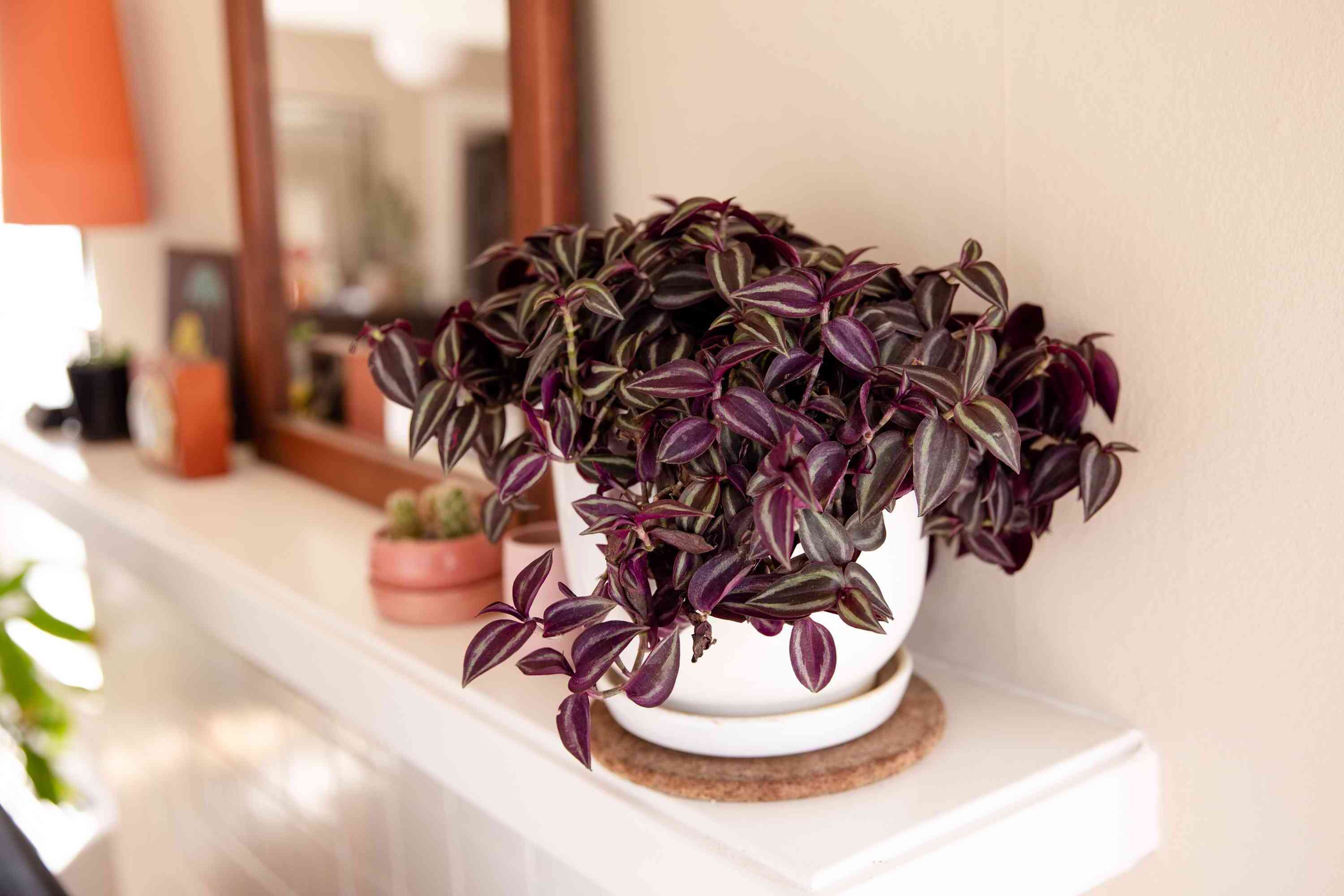
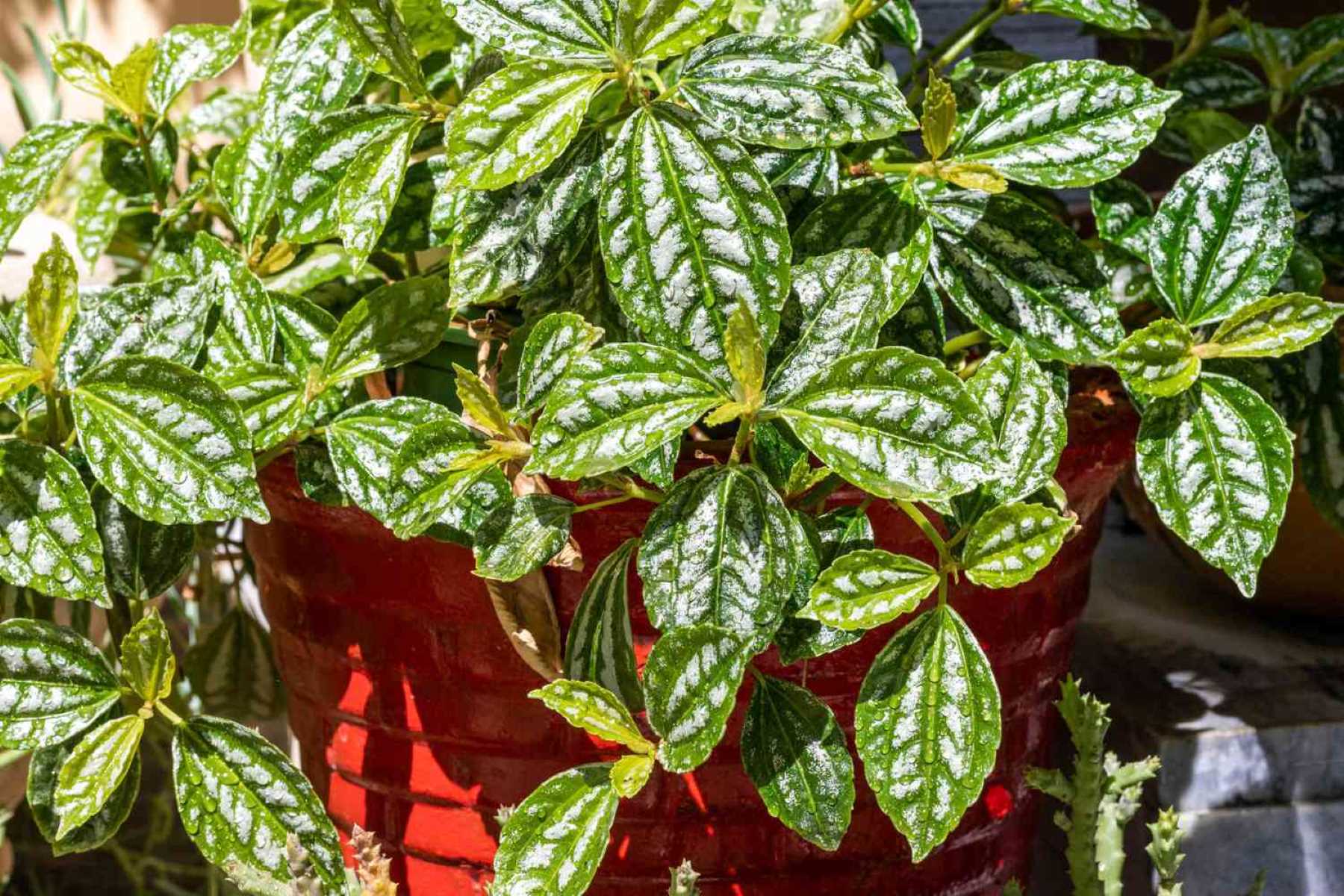
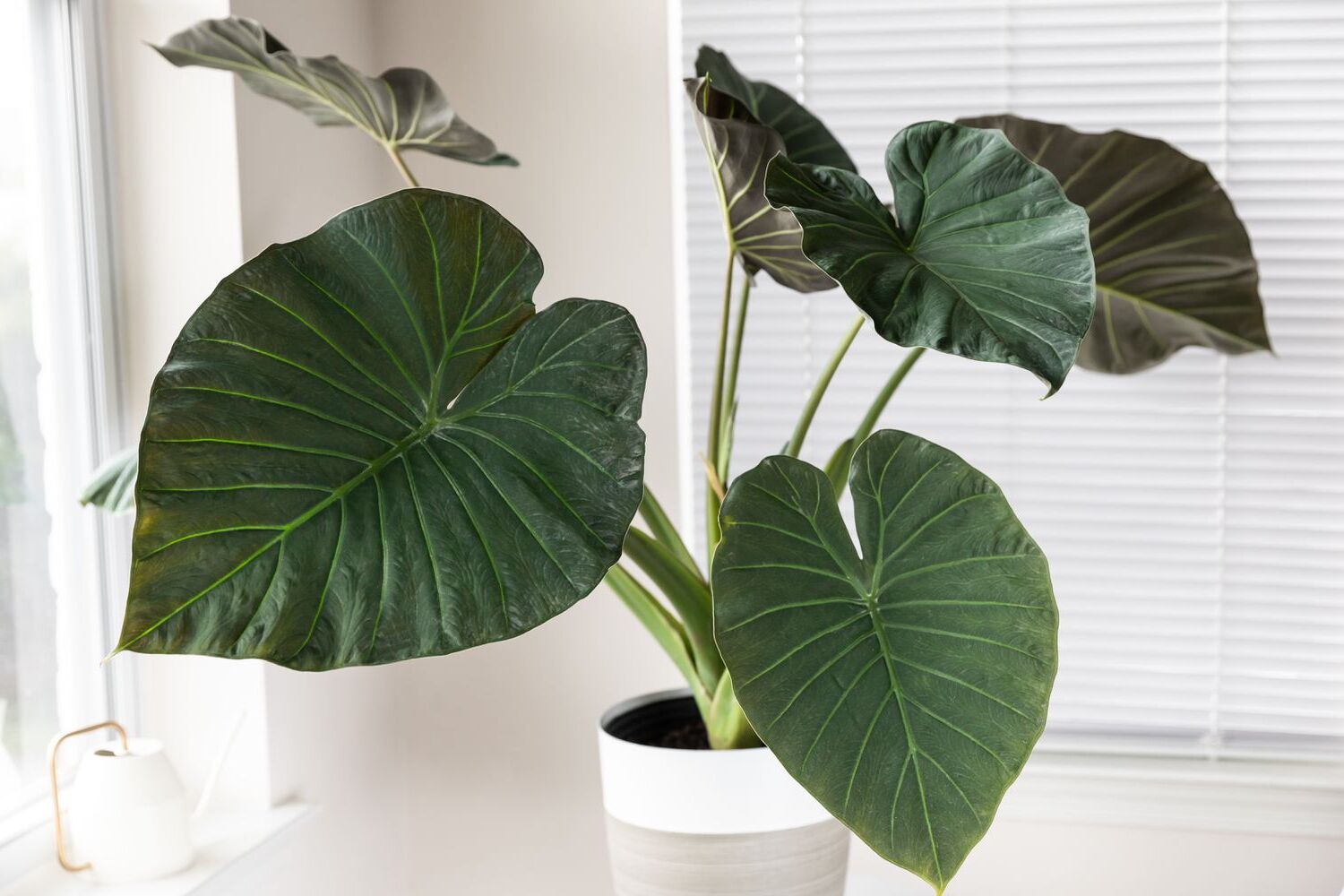
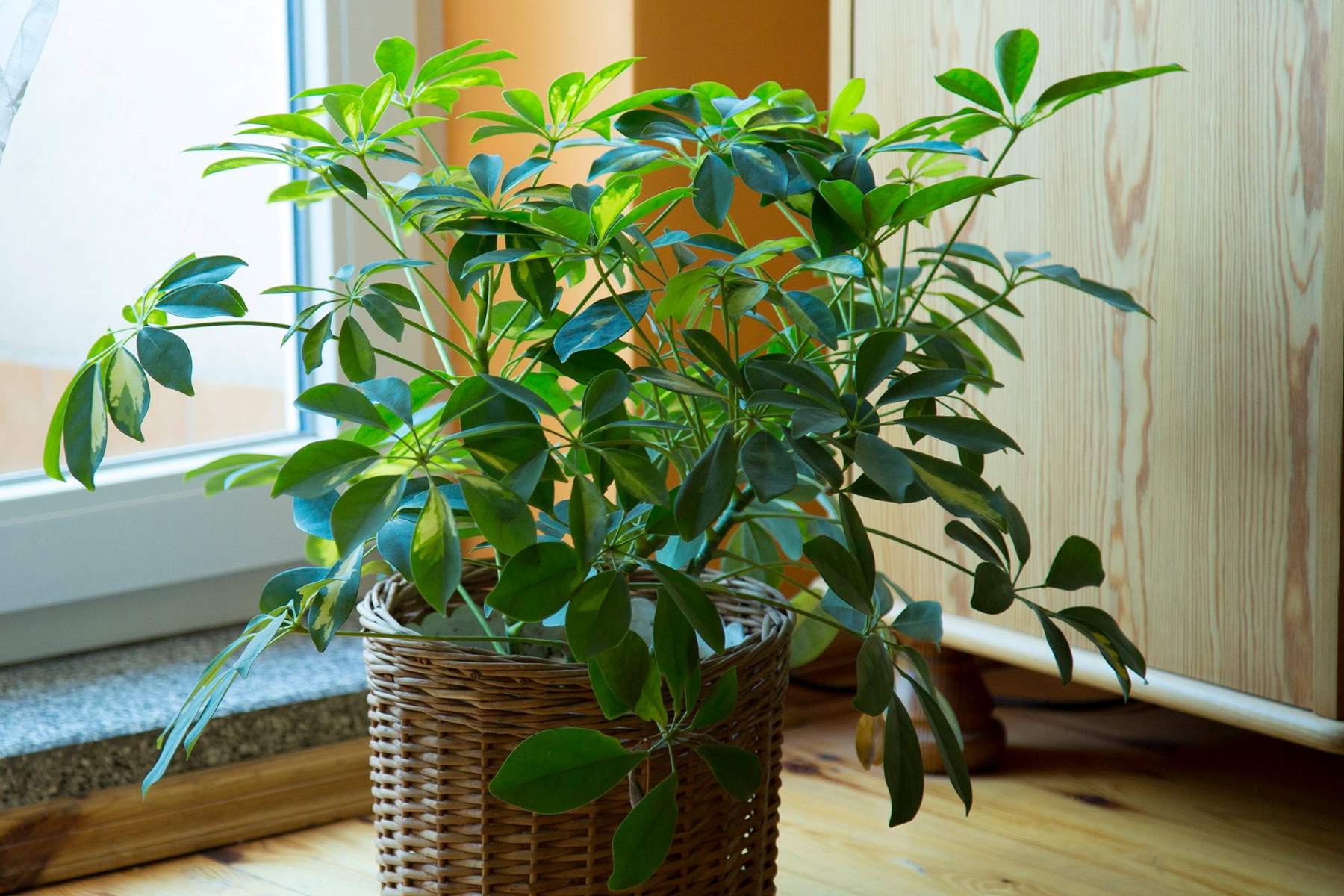
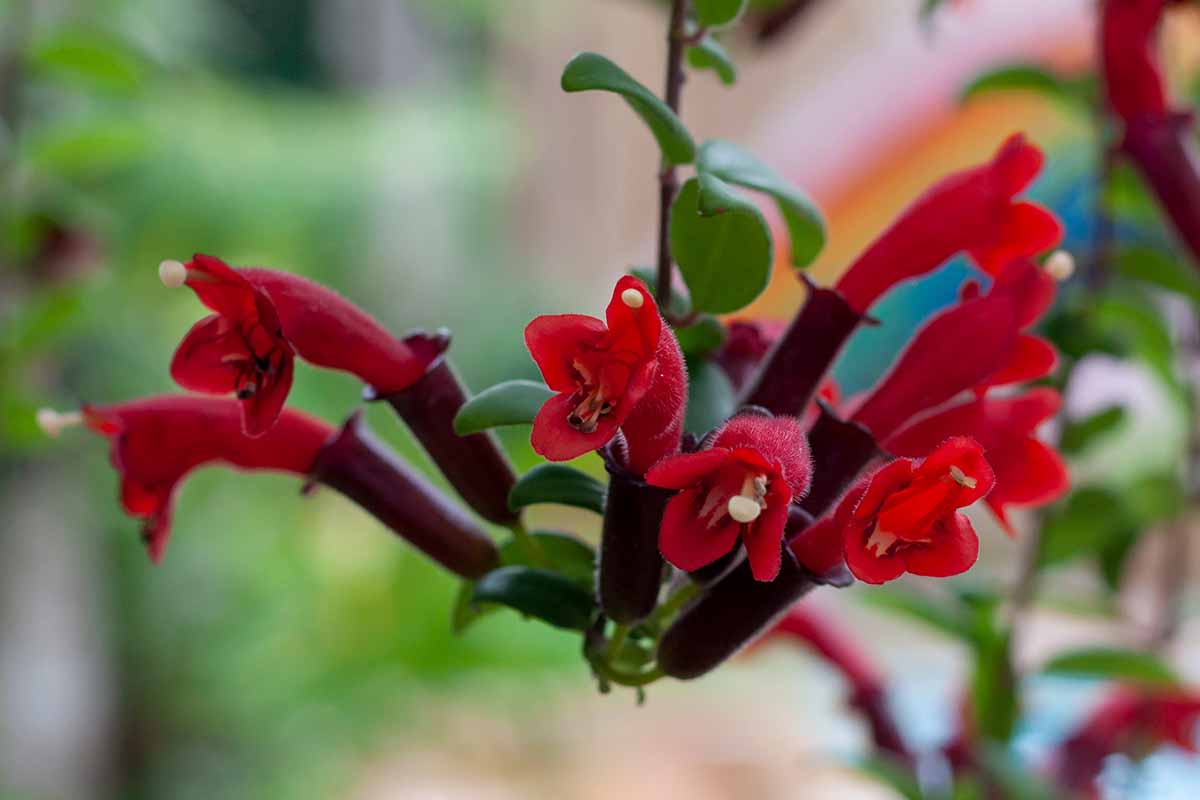
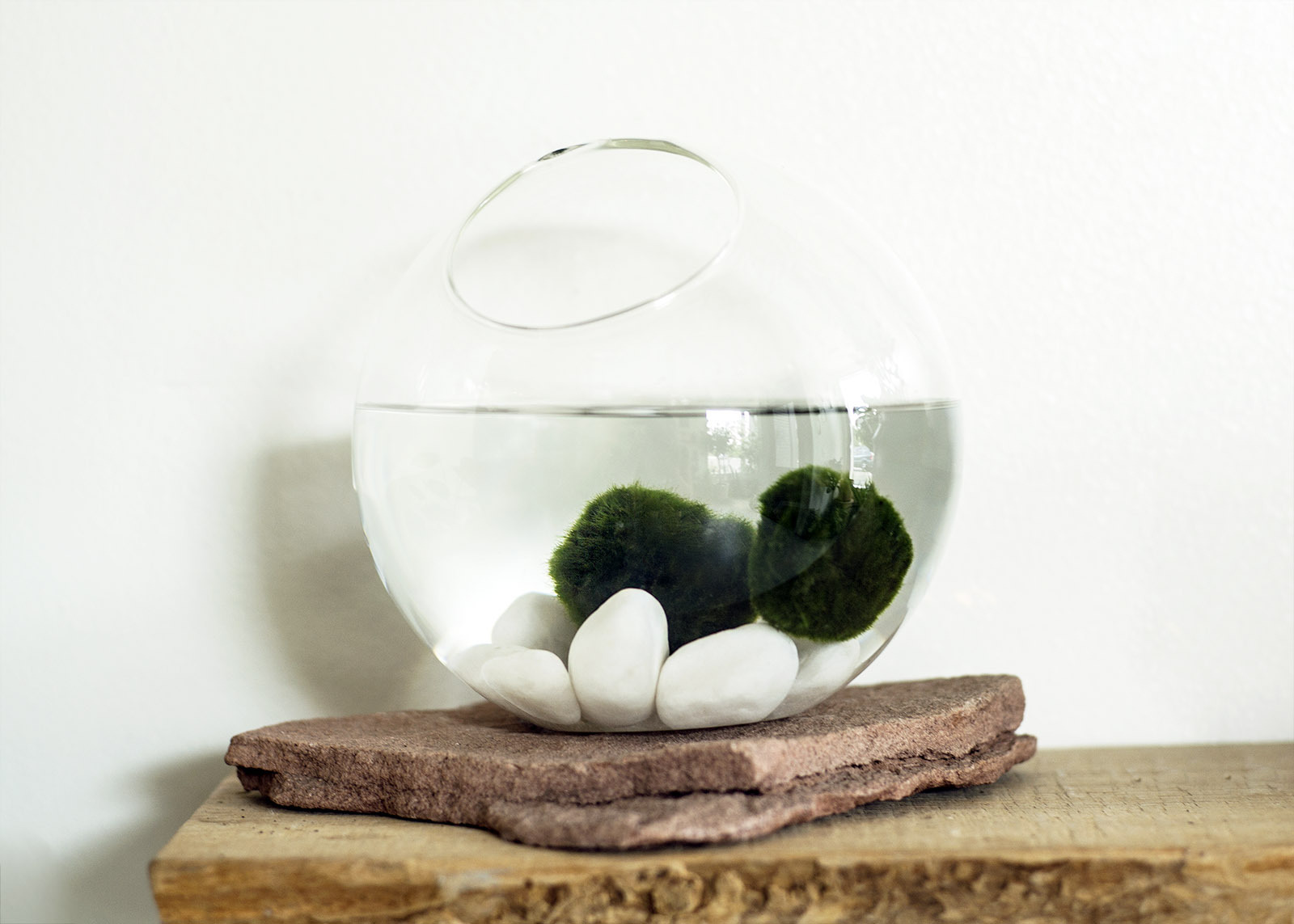
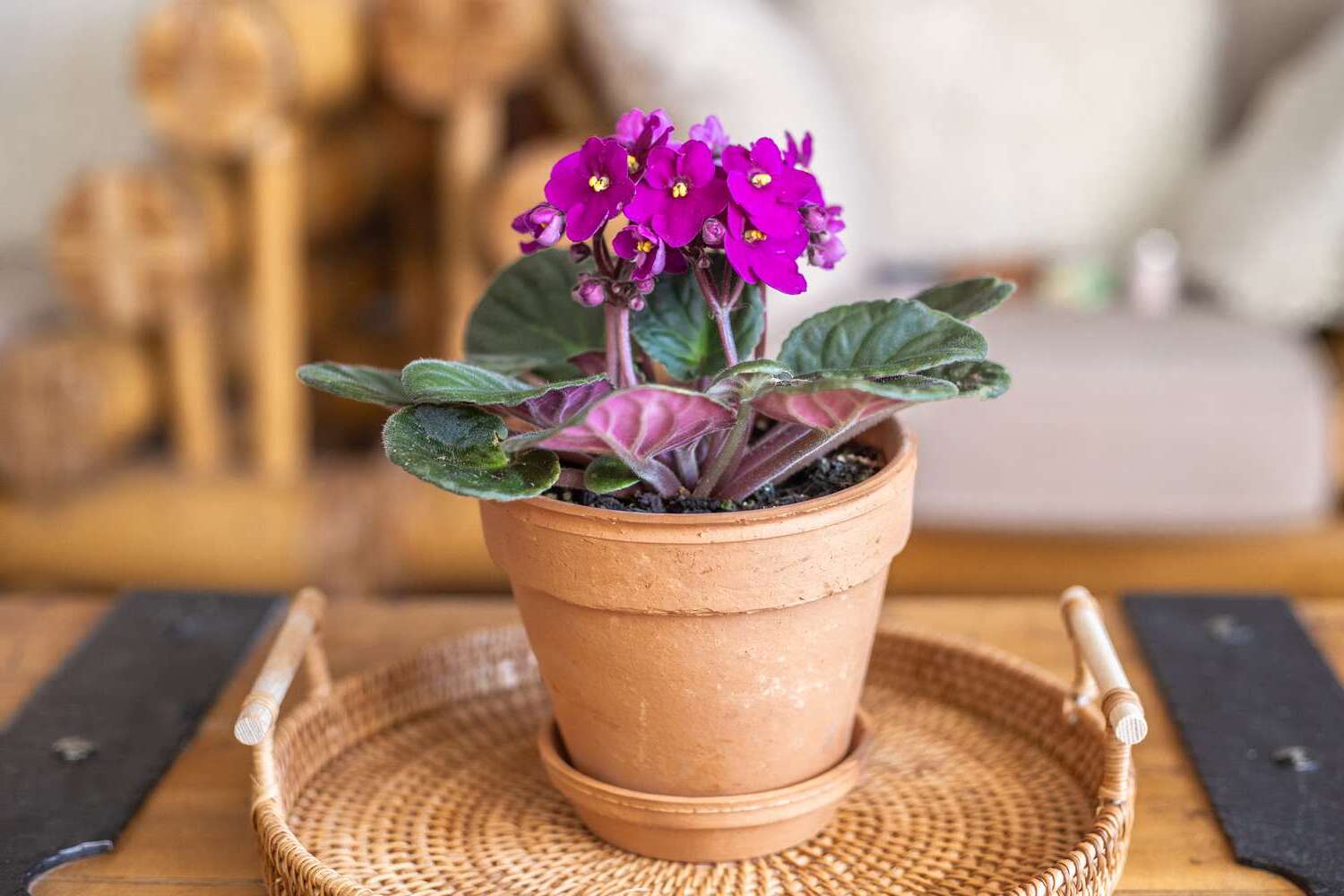
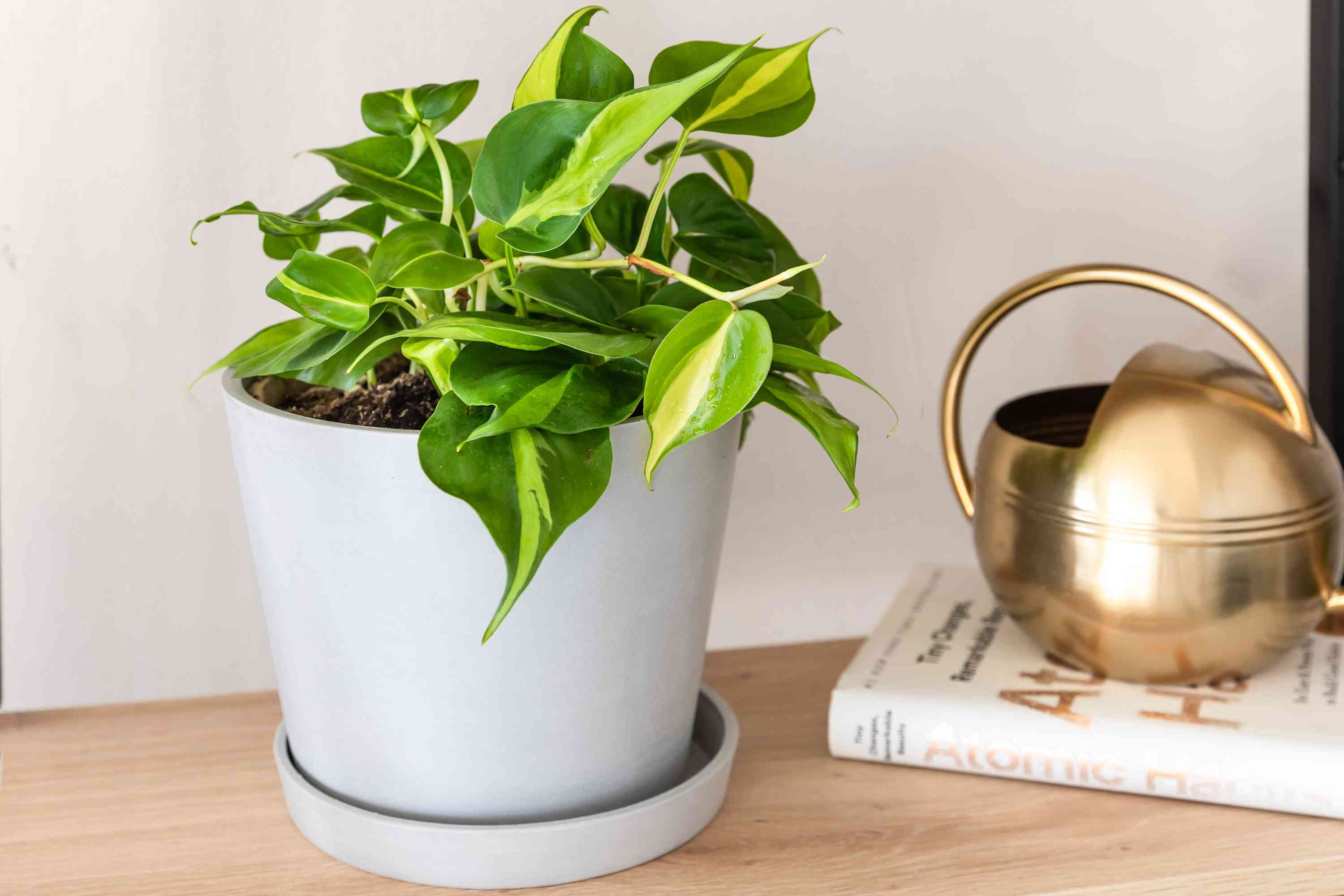

0 thoughts on “Jade Plant Care: At-Home Tips and Tricks”